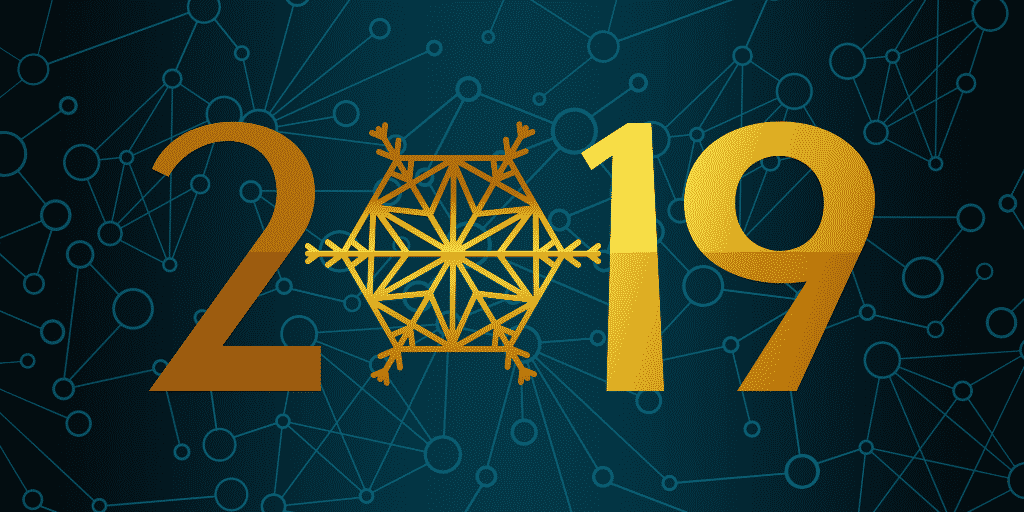2019 State of Networks Survey

This past December, we tried something new here at VNL. We reached out to our community of partners, clients and supporters to gather data on the state of network practice today. We hope to continue doing an annual “State of Networks Survey & Report” to identify changing practices, emerging trends, and new obstacles those in the network world are facing. Here’s an overview of some of our findings from our inaugural report.
We heard from nearly 200 network leaders, members and evaluators, representing a range of sectors and working on numerous issues. Here’s a breakdown of our respondents according to their background, excluding irrelevant responses.
Network Membership by Sector
- 48% Nonprofit sector
- 36% Public sector
- 15% Private sector
Top Network Focus Areas
- Public Health
- Education
- Healthcare
- Research & Analytics
- Human & Social Services
- Social Action/Community Improvement
- Foundations/Philanthropy
- Social Connectedness
Type of Network Role
- 25% Leaders
- 41% Members
- 18% Evaluators
- 4% Funders
We asked respondents a range of open-ended questions about their work. One question asked them about the biggest or most common obstacle they face in their network-related work. We categorized their responses using an iterative coding method. These are the top ten problems faced by network leaders, members, evaluators and funders in 2019.
- Lack of time to do the work.
- Communication problems.
- Demonstrating network impact.
- Sustaining member engagement over time.
- Ensuring network reciprocity remains fair.
- Fluid roles and leadership turnover.
- Building a culture of collaboration.
- Maintaining member accountability.
- Finding adequate funding.
- Decision-making and governance.
We asked respondents how many networks they are currently working with directly to gauge how involved people are on an individual basis. A majority of respondents (57%) report being involved with 4 or less networks. 21% report they work with 5-10 networks, while only 7% report working 10 networks or more. Here is the full distribution of responses:
- 12%: 1 network
- 20%: 2 networks
- 15%: 3 networks
- 10%: 4 networks
- 18%: 5-7 networks
- 3%: 8-10 networks
- 7%: More than 10 networks
The vast majority of respondents, 88%, are working with 2 or more networks. Yet it does not appear that people feel this is too much connection. When asked how network members feel about the level of their involvement, 56% reported “It is about right.” Nearly equal numbers, 7% and 9% respectively, report it is too little, or too much collaboration. The remainder reported they were unsure.
We asked each respondent, “How do you feel about our ability to understand the value of networks? Value could include ROI, effectiveness, impact, etc.” The vast majority of respondents (64%) reported that “I feel there is value in my work in these networks, but I am not sure how to measure it.” This suggests that there is major need for better ways to identify impact and success in networks. The full results are below:
- 64%: I feel there is value in my work in these networks, but I am not sure how to measure it.
- 25%: I feel there is a clear, measurable way to understand the value of network efforts.
- 5%: I am beginning to doubt the value of networks because I have not seen good measures of value.
- 2%: I am doubtful of the value in networks.
What were your biggest challenges or obstacles related to networks in 2019? How do you feel about the level of your collaboration, and your ability to demonstrate impact? Leave a comment below and share your thoughts with our community!

About the Author: Alex Derr, M.P.A.
Director of Marketing & Communications
Alex joined VNL in 2017, originally supporting our events. He now helps manages our communications and marketing strategy and content development work. Alex creates blogs, infographics, reports, and other content while managing our web and social media presence. He also runs our email marketing campaigns, tracks analytics, and conducts market research to drive our strategy. He supports our entire team with copywriting, graphic design and research, and helps with events, webinars, demos, and other online learning. When he isn’t at work Alex spends his time climbing 14ers (30 done, 28 to go!) and blogging on his own website, The Next Summit Blog.




